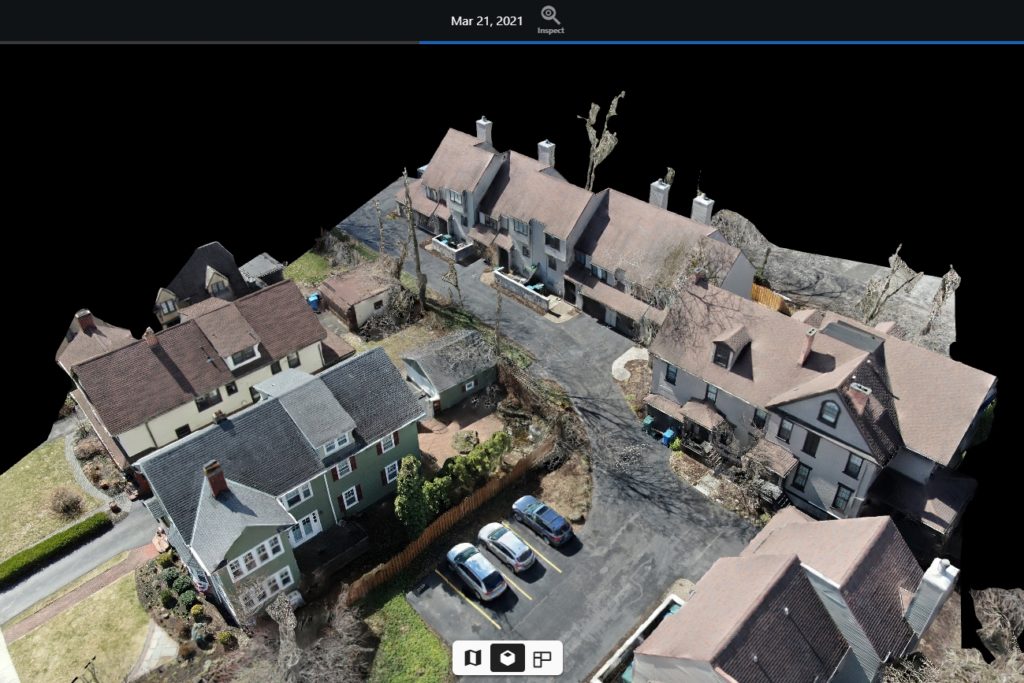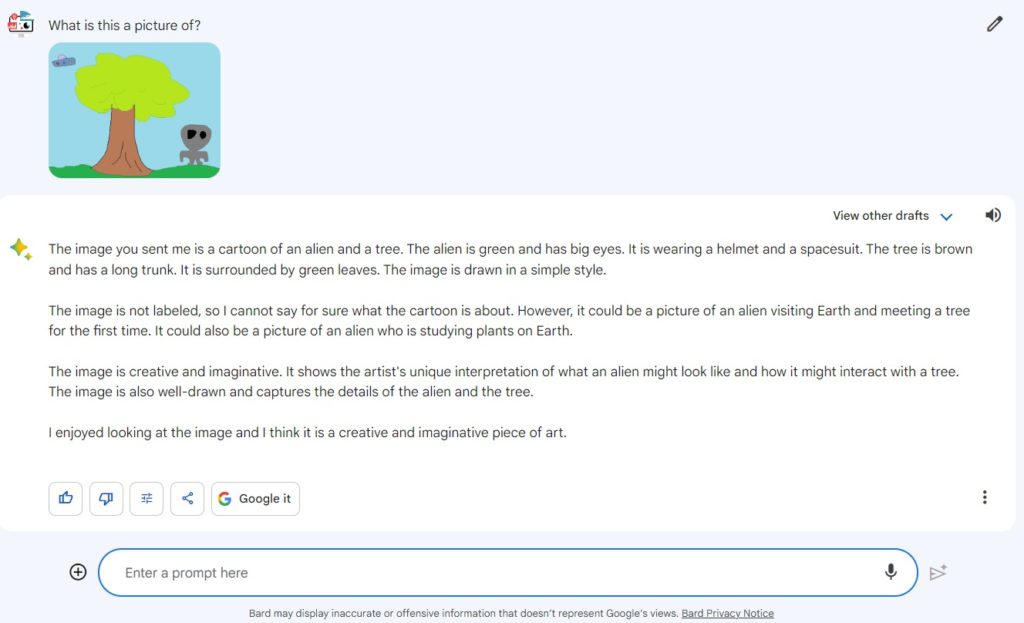
(from Google Bard)
Image recognition using artificial intelligence (AI) is poised to revolutionize the way search engines like Google understand and interpret images, significantly impacting search engine optimization (SEO) strategies. Here’s how image recognition is expected to be incorporated into SEO, enhancing the signal strength of pictures as content in search:
Automatic Image Tagging and Description: AI-powered image recognition can automatically identify and tag the objects, scenes, and actions depicted in images, providing more accurate and detailed descriptions than traditional methods. This enhanced metadata will enable search engines to better grasp the context of images, improving their relevance to search queries.
Improved Image Search Relevance: Image recognition will refine image search results, aligning them more closely with user intent. By understanding the content of images, search engines can match images to search queries with greater precision, providing users with more relevant and visually appealing results.
Visual Search and Product Discovery: Image recognition will facilitate visual search, enabling users to search for products or information using images or even real-world objects captured through their cameras. This will empower users to find what they’re looking for more intuitively and efficiently, opening up new avenues for product discovery and e-commerce.
Enhanced Image Optimization for SEO: AI tools will assist in optimizing images for SEO by recommending appropriate filenames, alt text descriptions, and file formats to improve search engine indexing and ranking. Website owners will be able to ensure that their images are optimized for both visibility and technical performance.
Contextual Image Understanding: Image recognition will enable search engines to understand the broader context in which images are used, considering factors like surrounding text, page content, and user behavior. Contextual understanding will further refine image search results and provide users with a more holistic search experience.
Personalized Image Recommendations: Image recognition can personalize image recommendations based on user preferences and search history. A tailored approach will enhance user engagement and satisfaction, keeping them engaged on search results pages and increasing the likelihood of conversions.
Visual Content Creation and Curation: AI-powered image recognition tools can assist in creating and curating visually appealing content, such as generating images from text descriptions or identifying relevant images from large repositories. Creators and marketers will produce more engaging and visually impactful content.
Multimodal Search and Content Understanding: Image recognition will contribute to the development of multimodal search, allowing users to combine text, voice, and image queries to refine their searches, providing users with more flexibility and expressiveness in their search interactions.
Accessibility for Visually Impaired Users: Image recognition can enhance accessibility for visually impaired users by providing accurate descriptions of images, enabling them to better understand and engage with visual content, promoting inclusivity and accessibility in the digital landscape.
Cross-Platform Image Search and Discovery: Image recognition will facilitate cross-platform image search and discovery, enabling users to seamlessly find images across different devices and platforms. This creates a more unified and frictionless search experience.
As image recognition technology continues to evolve, its applications in SEO will expand, transforming the way search engines perceive and interpret visual content. This will undoubtedly enhance the role of images in search, providing users with more relevant and engaging search experiences while empowering website owners and marketers to leverage images for improved SEO performance.










